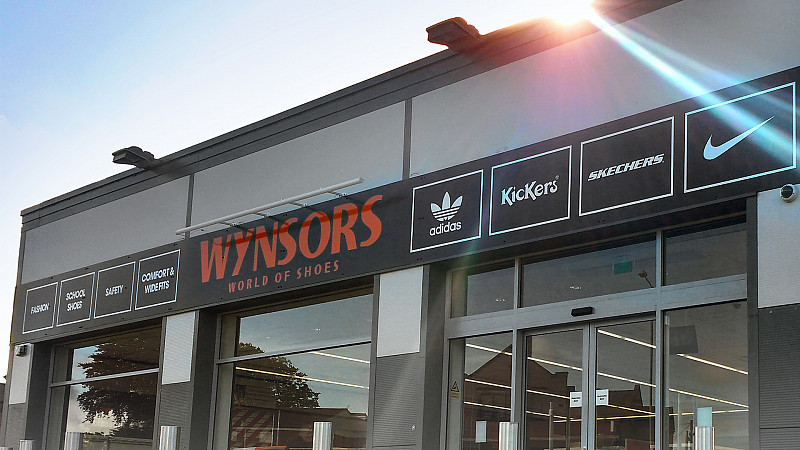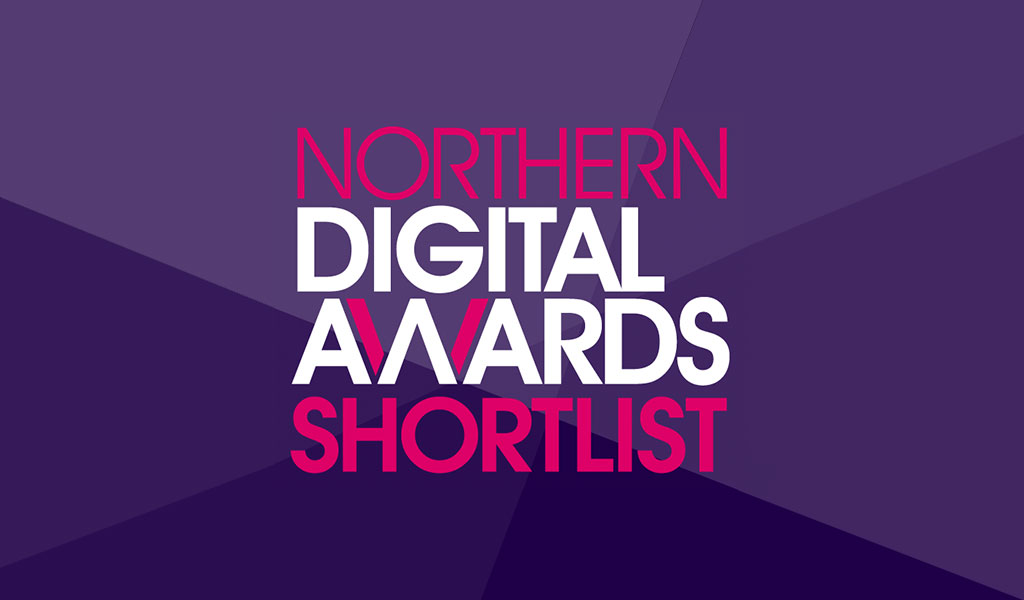
For decades, enterprise reward programs have been managed in departmental silos: Marketing runs customer loyalty on one platform, HR handles employee recognition on another, and Finance uses spreadsheets to track costs. This fragmentation—a result of relying on point solutions—has created a crisis of efficiency, control, and data integrity. It leads to bloated operating costs, inconsistent user experiences (CX/EX), and a complete lack of financial visibility into total reward liability.
The new integration mandate demands a strategic shift: the implementation of a Centralized Reward Engine (CRE). RewardX is engineered to be this single source of truth, leveraging its Universal Reward Engine and Real-Time Analytics to unify all incentive activity across the enterprise, transforming reward spend from a cost center into a measurable growth driver.
I. The Enterprise Fragmentation Problem: A Deep Dive
The consequences of a siloed reward architecture extend far beyond mere inconvenience. They impact four critical areas:
A. Operational & Financial Inefficiency
Duplicate Infrastructure: Supporting three separate reward systems means paying for three separate technology stacks, three maintenance agreements, and three sets of integration points (e.g., connecting a CRM to a loyalty platform, and an HRMS to a recognition platform). This is financially wasteful.
Manual Reconciliation: Without a central ledger, the Finance and Operations teams rely on complex, error-prone manual reconciliation via spreadsheets to consolidate total reward liability, making budget forecasting unreliable and auditing a nightmare.
Vendor Lock-In: Each department is locked into its own vendor, preventing the enterprise from leveraging economies of scale or migrating efficiently to modern, API-first solutions.
B. Inconsistent User Experience (CX & EX)
Customer Disconnect: A customer may receive a generic, delayed gift card from the marketing team, while the product team offers them instant, relevant cashback. This fragmented experience erodes brand trust and diminishes the perceived value of the rewards.
Employee Frustration: Different internal systems mean employees often have multiple logins, inconsistent point values, and varying delivery speeds, leading to low adoption of valuable recognition programs.
C. Data Blindness and Compliance Risk
Engagement Blind Spots: It is impossible to answer fundamental questions like, “What is the total value of rewards issued to our top 1% of customers AND our highest-performing employees last quarter?” The data simply doesn’t connect.
Audit Gaps: Disparate systems increase the complexity of meeting regulatory and financial compliance standards, particularly around gift card liability and accurate tracking of budget against expense.
II. RewardX: The Architecture for Centralization
RewardX is designed as a strategic middleware—the connective tissue that unifies all reward activities without requiring a rip-and-replace of core systems like CRM or ERP. Our solution achieves centralization through three core pillars:
A. The Universal Reward Engine (The Core Logic)
This is the brain of the operation, designed to process any reward event from any source and deliver any reward type to any destination.
Input Flexibility: The engine accepts triggers via RESTful APIs, scheduled jobs (for monthly bonuses), or file uploads (for large campaigns), integrating seamlessly with platforms like Salesforce (CRM), Workday (HRMS), or custom Fintech APIs.
Agile Rule Execution: The engine executes rules defined in the Segmentation & Rules Engine. This means the same underlying logic can be used by Marketing (e.g., “If a customer buys product X AND is in segment Y, issue a $10 credit”) and by HR (e.g., “If an employee completes 5 years of service, issue 500 recognition points”).
Unified Reward Types: The engine manages the issuance and fulfillment of all reward types—digital gift cards, cashback, points, coupons, and donations—eliminating the need for separate fulfillment vendors.
B. Real-Time Analytics and Reporting (The Visibility Layer)
Centralization is useless without transparency. RewardX provides a single, real-time analytics dashboard that grants stakeholders a holistic view of the reward economy.
Unified Reward Ledger: Every single reward transaction—from issuance to redemption, failure, or expiry is recorded in a centralized, time-stamped ledger. This eliminates manual data consolidation.
Cross-Departmental Drill-Down: Users can drill down into total cost, usage, and effectiveness across multiple programs simultaneously. For example, Finance can view the total accrued liability from the HR points program and the Marketing gift card budget on the same screen.
Actionable Insights: Analytics provide direct ROI measurement. By linking reward issuance to downstream KPIs (e.g., a “post-reward purchase”), the system proves which campaigns and which departments are delivering the highest engagement lift.
C. Security, Compliance, and Audit Controls (The Governance Layer)
This is the foundation of trust for Finance and Operations teams. RewardX turns a compliance risk into an auditable process:
Full Audit Trail: Every transaction is tracked, non-repudiable, and available via API or dashboard for audit purposes.
Role-Based Access Control (RBAC): Granular permissions ensure that only authorized users (e.g., Marketing VPs) can access or modify specific reward budgets and rules, minimizing internal fraud risk.
Budget Limits and Approval Flows: Hard budget limits can be configured and enforced via the platform, automatically rejecting requests that exceed allocation and triggering necessary approval workflows.
III. The CRE Value Proposition: From Cost to Strategic Investment
The adoption of a Centralized Reward Engine is a strategic move that delivers massive returns across the organization:
Stakeholder | Fragmentation Pain Point | RewardX Centralized Benefit |
Finance/Operations | Blind spots in liability; manual audits; budget overruns. | Total Financial Control: Real-time budget tracking, auditable transaction ledger, and reduced vendor management costs. |
Product/Dev Teams | Complex point-to-point integrations; technical debt. | Developer Efficiency: One set of APIs and SDKs to integrate all reward logic, enabling faster feature development. |
Marketing/HR | Inconsistent experiences; limited personalization. | Unified Engagement: Seamless, consistent reward delivery across all channels (CX/EX), backed by hyper-segmentation. |
Executive Leadership | Lack of strategic overview; unquantifiable reward ROI. | Data-Driven Strategy: Holistic view of total engagement spend correlated with top-line business results. |
Conclusion: From Good Intentions to Audited Impact
The era of siloed rewards is over. For enterprises striving for agility, efficiency, and a truly unified customer and employee experience, a Centralized Reward Engine is an operational necessity. RewardX provides the only API-first foundation, the Universal Reward Engine, that can absorb all your current reward programs, future-proof your tech stack, and finally provide the auditable, real-time control that transforms reward spend into a powerful, strategic asset. Contact us or Visit our Expertise for more information.









